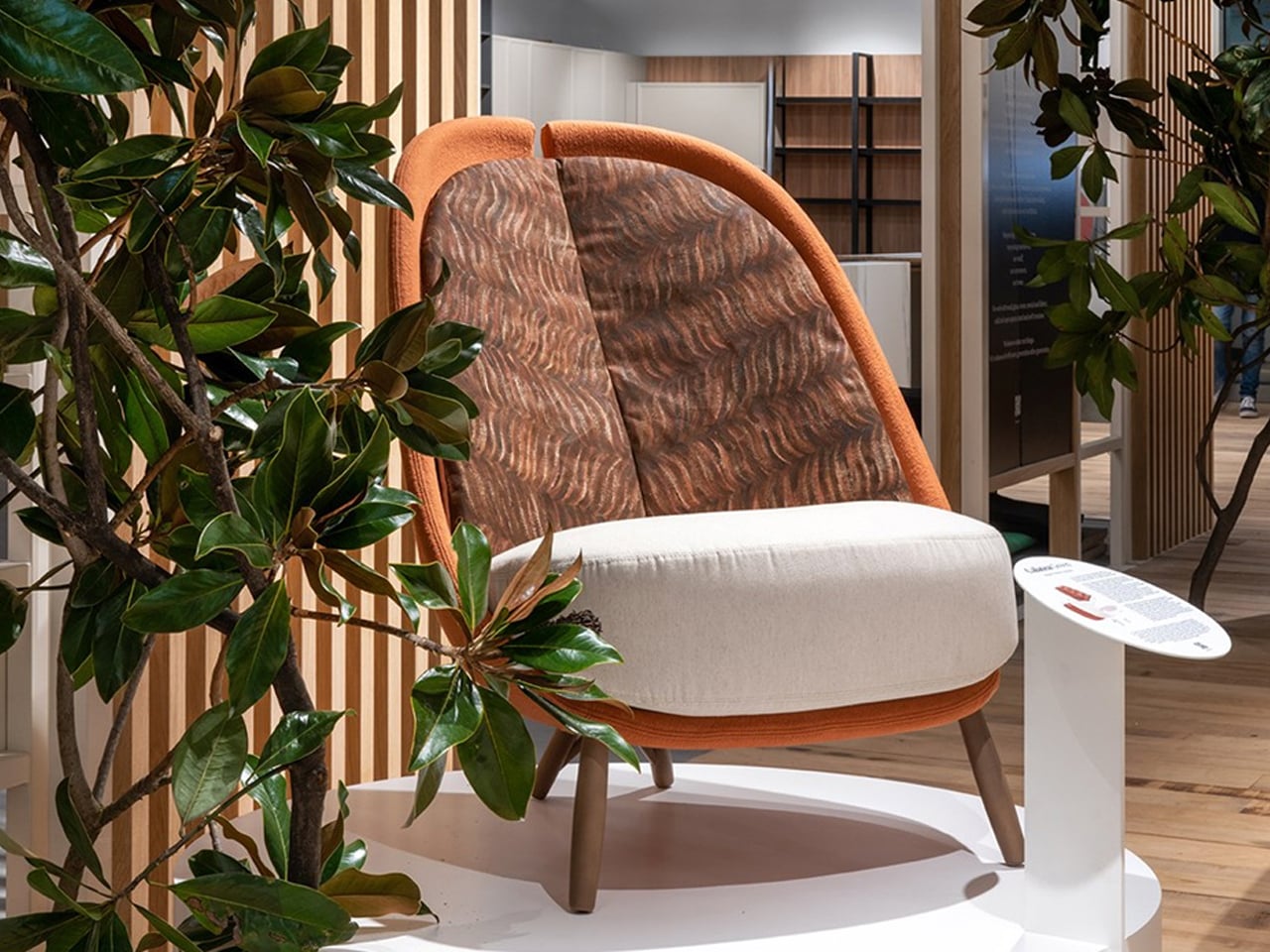
The circular economy is a sustainable model of production and consumption that aims to reduce waste and extend the life of resources. Unlike the traditional linear system of “take-make-dispose,” it promotes a closed-loop approach where materials are reused, repaired, refurbished, and recycled. This model helps conserve natural resources, lowers environmental impact, and supports long-term economic resilience. A recent report indicates that only 6.9% of the 106 billion tonnes of materials used globally each year are recycled.
Despite growing awareness, the current rates of material reuse remain alarmingly low, highlighting the urgent need to rethink how products are designed and used. At its core, the circular economy focuses on keeping products and materials in use for as long as possible by rethinking how they are designed, used, and repurposed. It aims to eliminate waste and pollution from the start. Some core principles of the circular economy are outlined below:
1. Designing Products to Last and Adapt
Products should be designed with longevity in mind. This means using high-quality, durable materials that can withstand wear and tear over time. A well-made product reduces the need for frequent replacements, helping both the environment and the user’s wallet.
Equally important is making products easy to repair and update. Components should be simple to access, replace, or upgrade without specialized tools. Modular designs that allow users to adapt items for different uses add even more value. By thinking ahead during the design stage, products can stay useful longer and avoid ending up as waste.
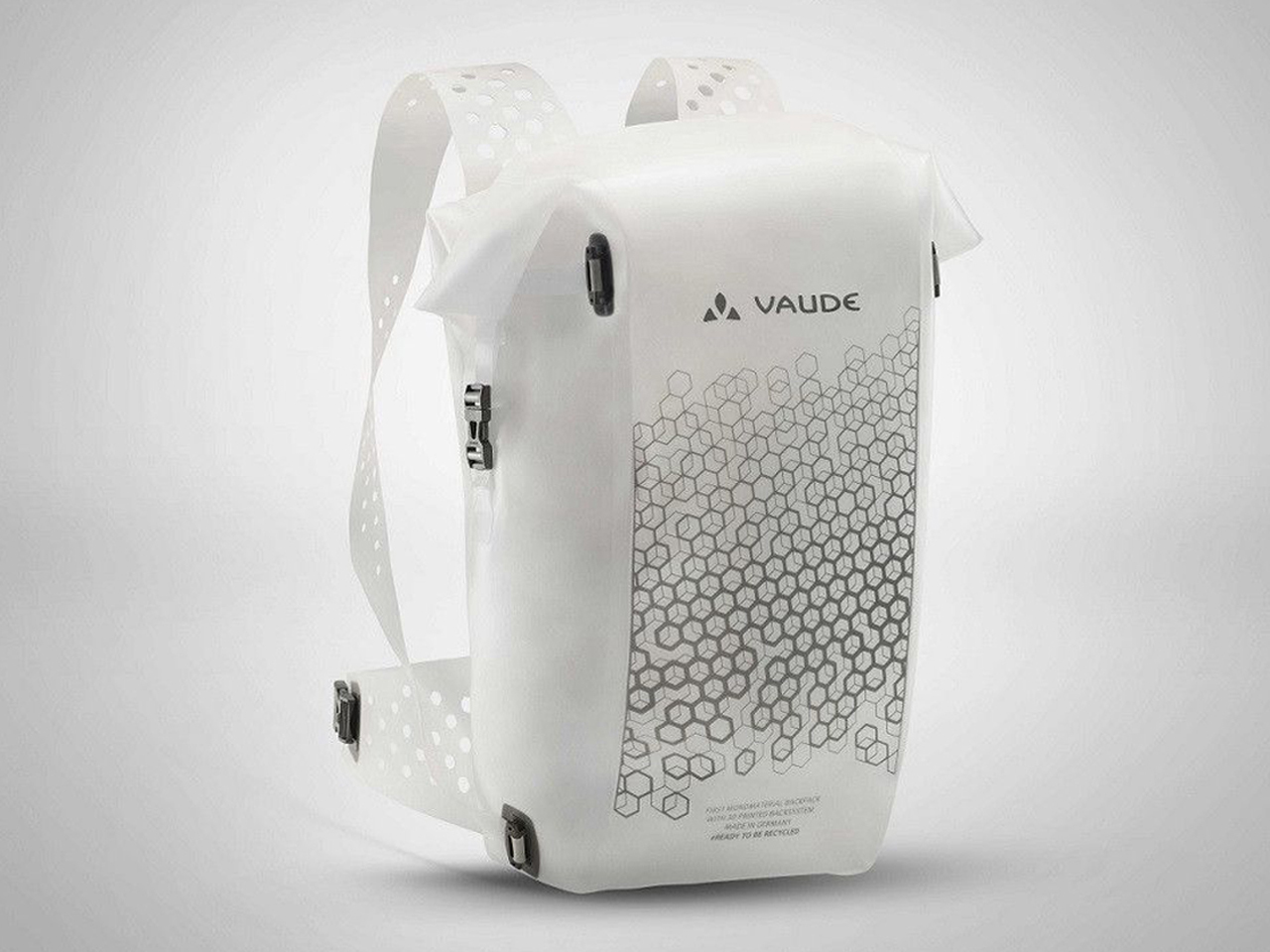
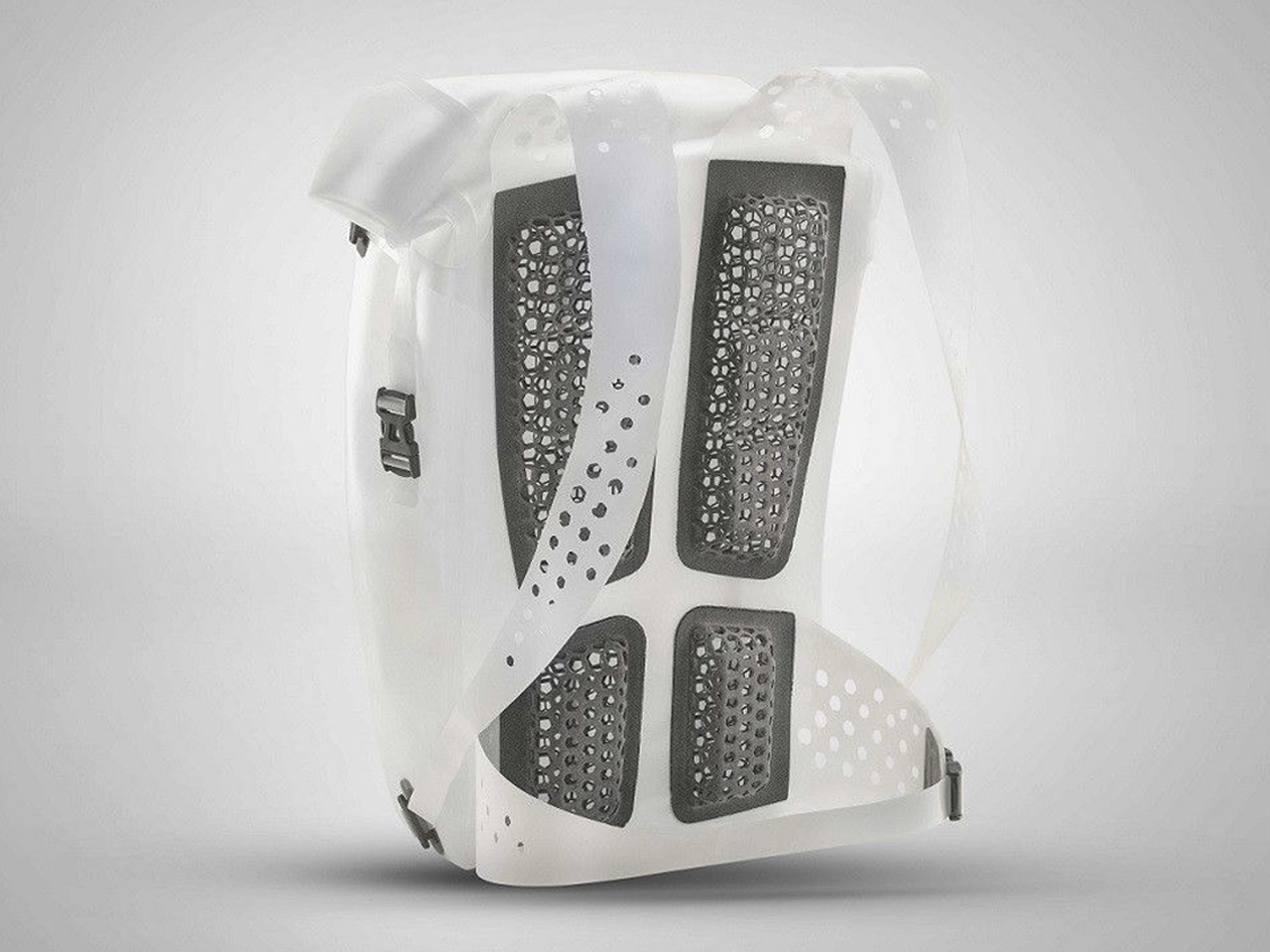
Novum 3D is a fully recyclable backpack developed by Vaude, a German outdoor brand committed to sustainability and circular design. Made entirely from thermoplastic polyurethane (TPU), the backpack is 3D-printed using a mono-material approach. This allows each part—from the straps and packsack to the honeycomb back pads to be easily disassembled and returned to the production cycle. By eliminating the use of mixed materials, Vaude addresses a major challenge in the textile industry and moves closer to true material circularity.
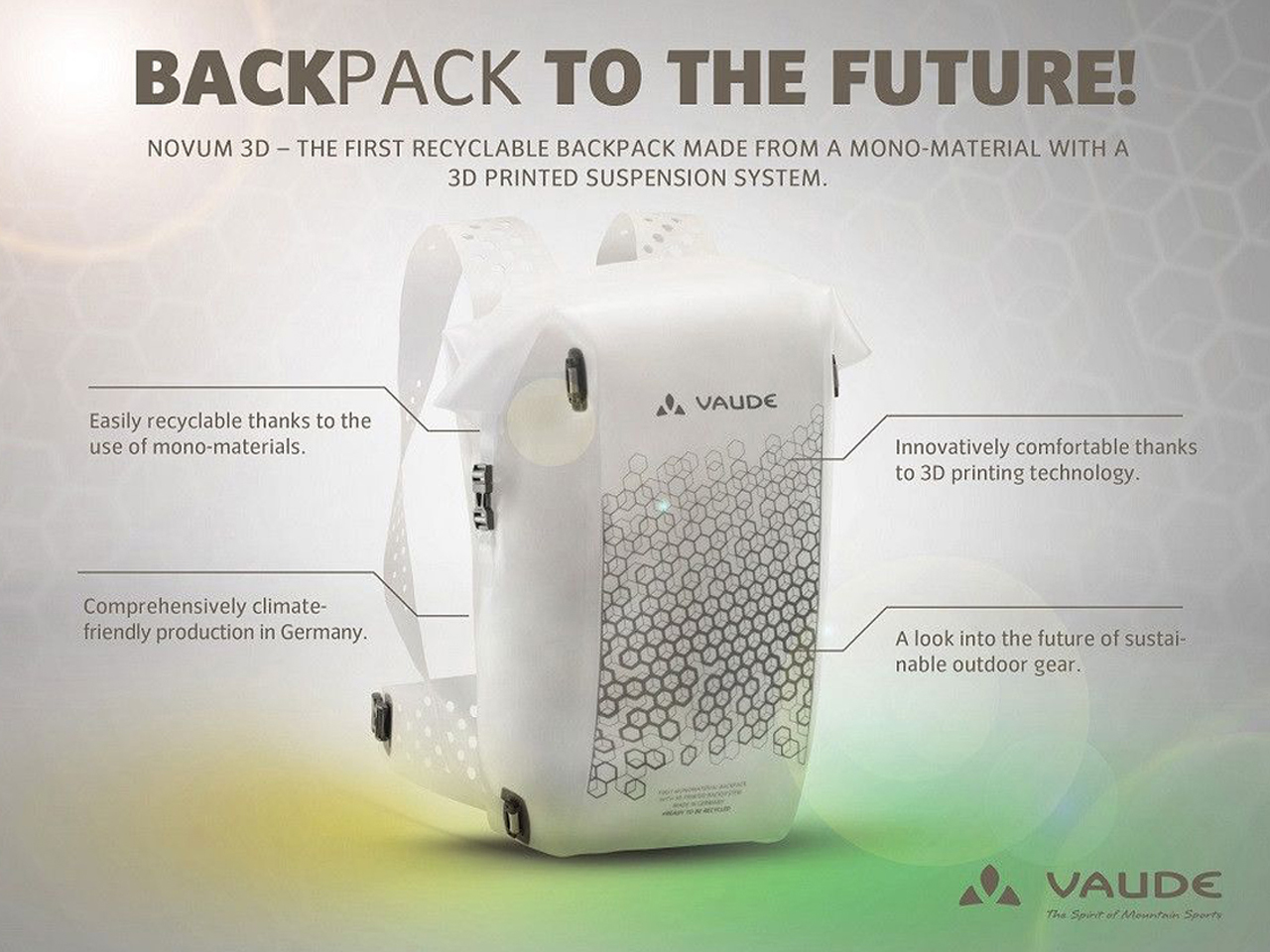

The backpack features a honeycomb construction inspired by one of nature’s most stable forms. This design offers high structural integrity with minimal material usage, while providing lightweight comfort and built-in ventilation. Varying degrees of hardness within the 3D-printed structure ensure balanced pressure distribution for ergonomic support. Novum 3D showcases Vaude’s dedication to innovation, proving that eco-conscious design can deliver both performance and comfort for the next generation of outdoor enthusiasts.
2. Designed to Be Recycled
Products should be designed with their end-of-life in mind, using materials that can be easily recycled. Consider choosing mono-materials where all parts are made from the same substance, as it helps avoid the need for complex sorting or separation during recycling.
Equally important is avoiding bonded or composite materials that are difficult to break down. Products should also be easy to disassemble, allowing different parts to be separated and recycled properly. This kind of thoughtful design supports a circular economy by keeping materials in use longer and reducing the amount that ends up as waste.
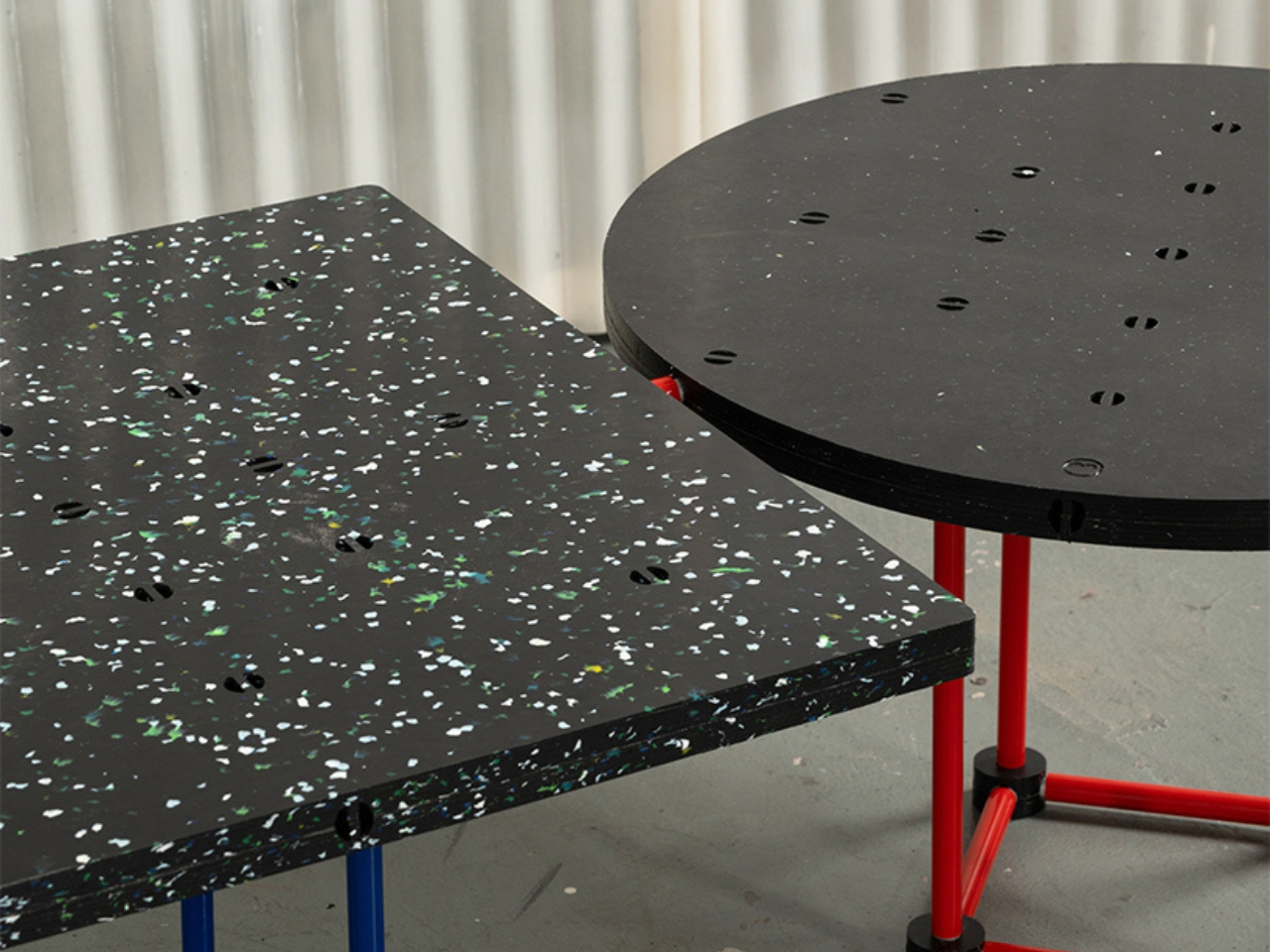

COSMOPLAST is a modular furniture system from Argentina, designed by Marcela Coppari and grounded in circular design principles—reuse, modularity, and sustainability. The system features geometric plates in various shapes and sizes, including circles, semicircles, squares, and rectangles. These components connect via aluminum tubes of varying heights and 5 cm-diameter connectors made from R-PEAD recycled plastic. Designed for adaptability, the structure supports both vertical and horizontal configurations, enabling users to create tables, shelves, and seating solutions tailored to diverse spatial needs.

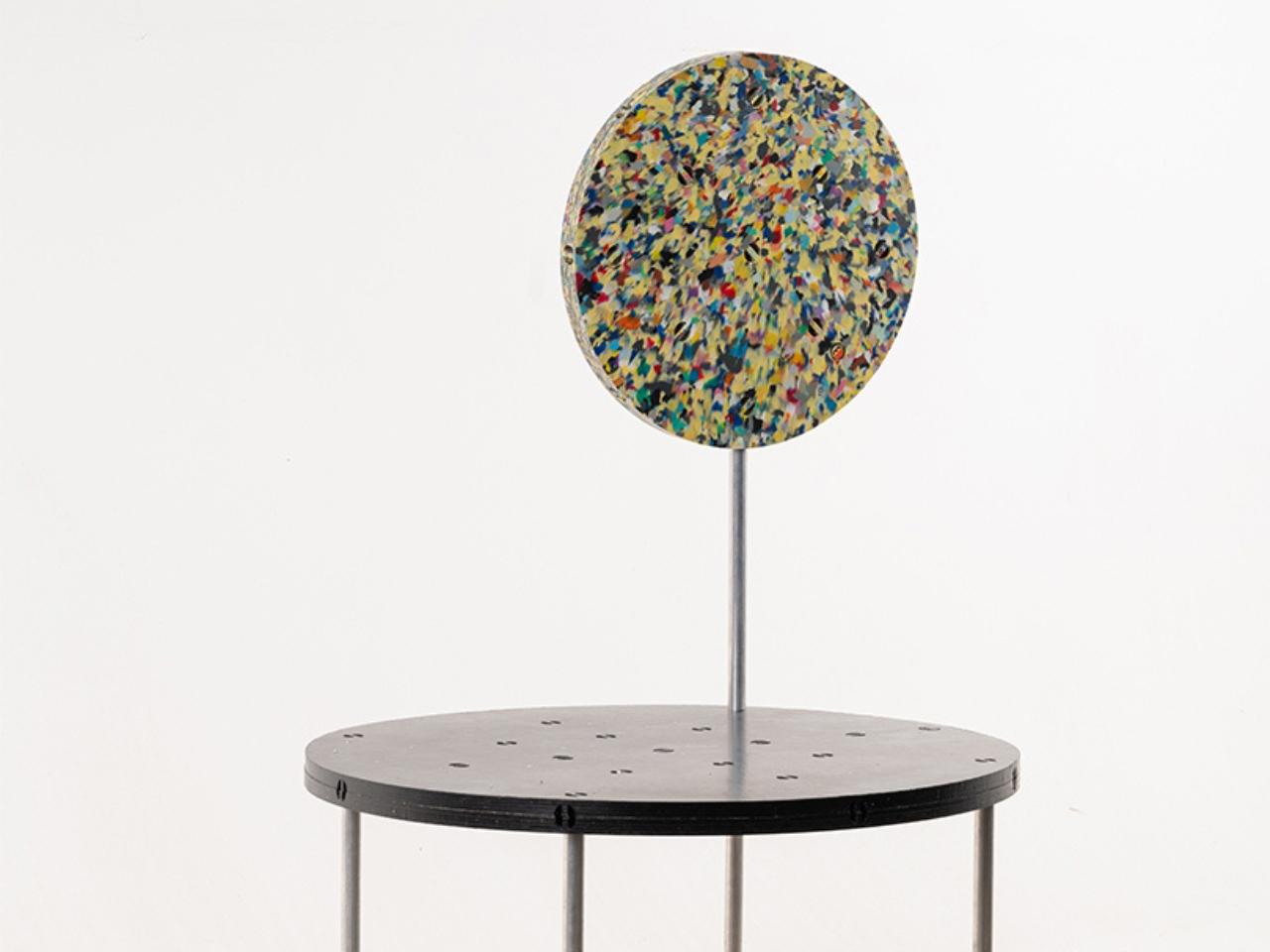
Assembly is intuitive and tool-free, using a simple press-fit system and a rubber mallet. The perforated plates allow multidirectional expansion, enhancing design flexibility. Each COSMOPLAST kit includes plate modules, CNC-machined connectors, and laser-cut aluminum tubes finished with epoxy paint, all packaged in a compact textile bag and flat cardboard box. Handcrafted in Argentina, with plastic plates manufactured by Necológica in Necochea, COSMOPLAST offers a refined, sustainable approach to modern, customizable furniture.
3. Reduce Material Consumption
Businesses should focus on reducing their use of raw materials while still maintaining product quality and performance. This can be achieved through strategies like using alternative or recycled materials, designing lightweight products, and improving manufacturing processes to be more resource-efficient.
By cutting down on material consumption, companies not only help conserve natural resources but also lower production costs. These efforts lead to more sustainable products and a smaller environmental footprint. In the long run, this approach supports business success and environmental responsibility.
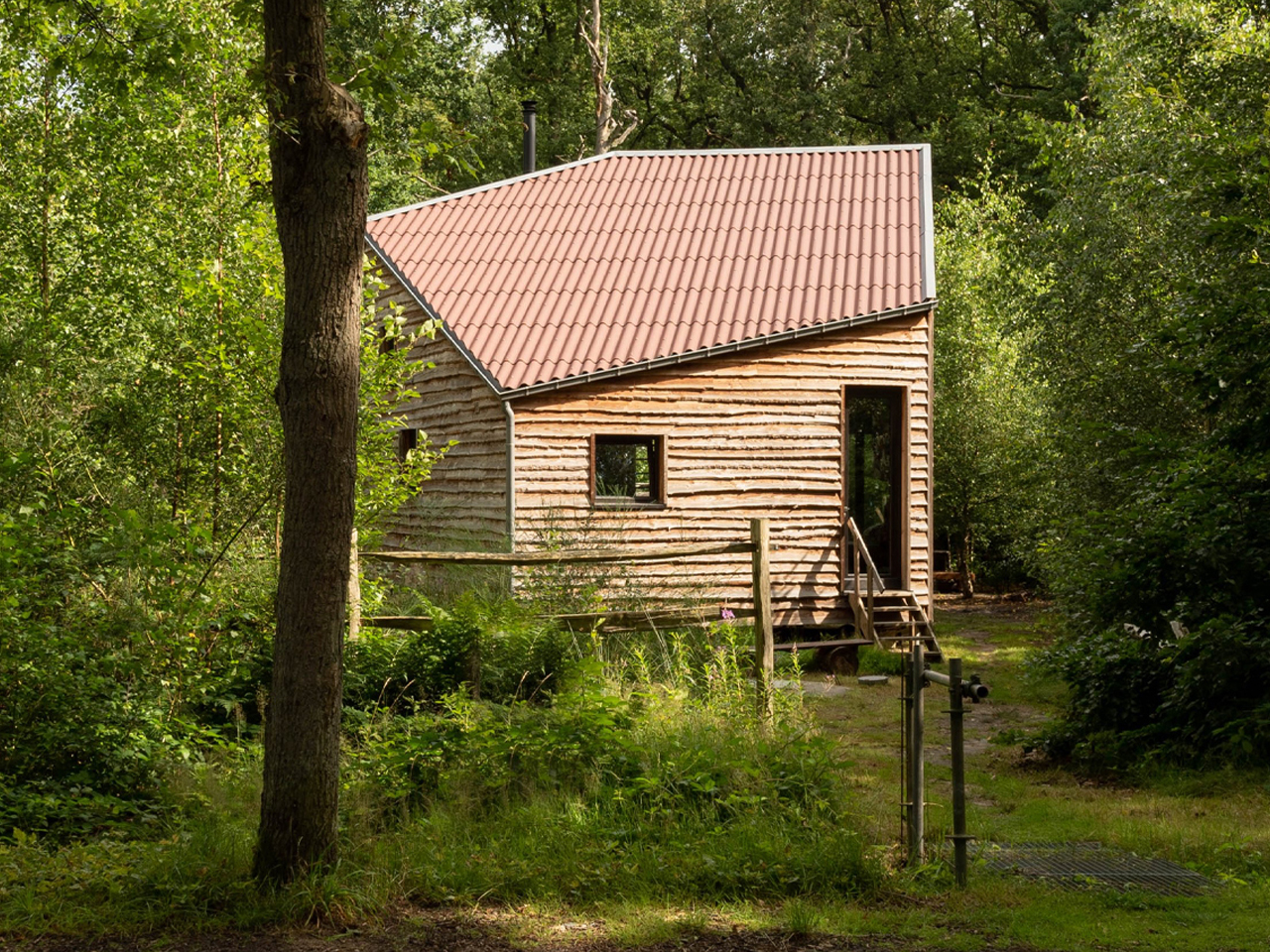
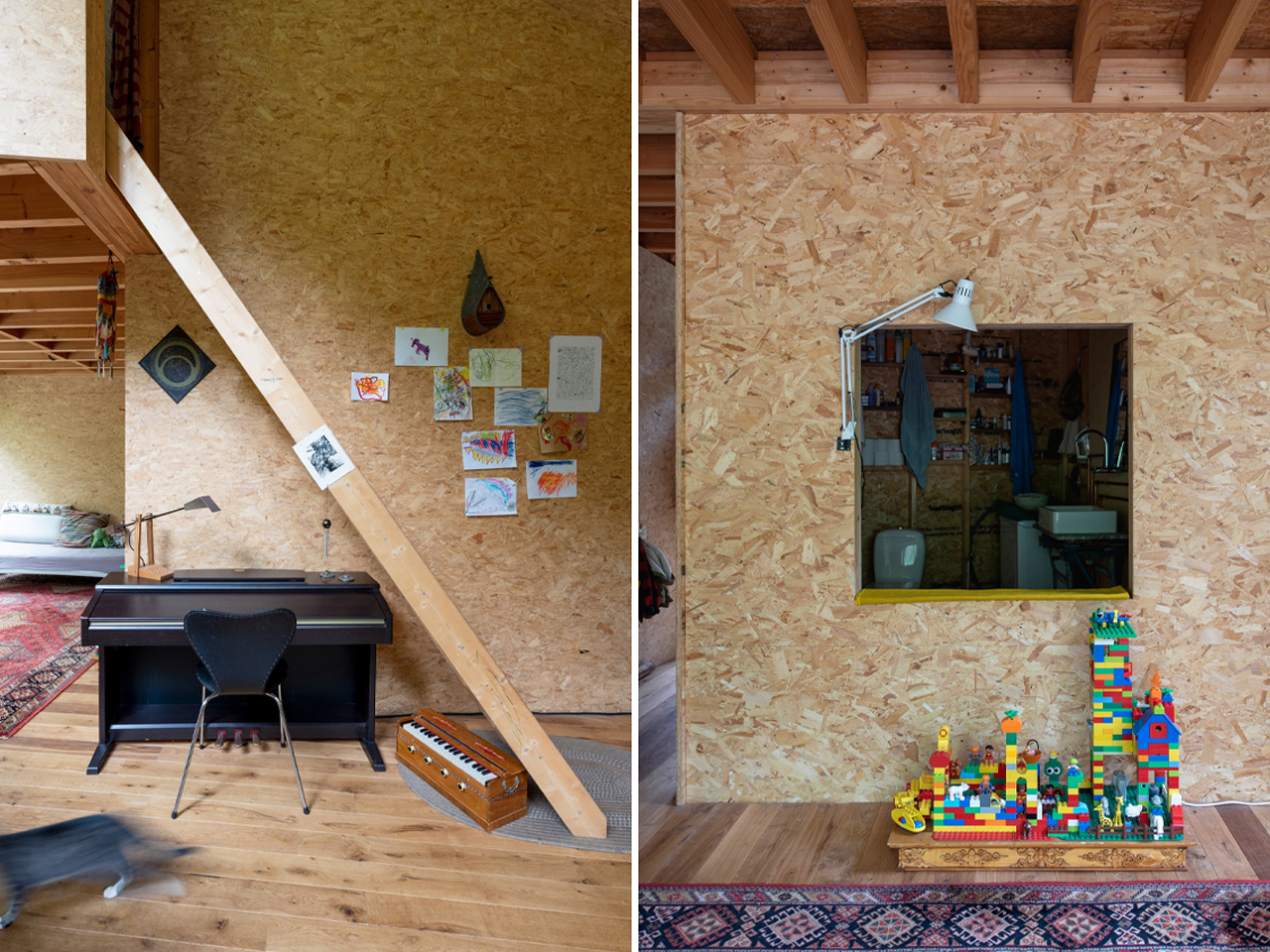
The Holiday Home in Brasschaat, Belgium, is a compact and sustainable residence designed by Polygoon Architectuur, employing circular construction and bio-ecological building methods. With a total area of 750 square feet, the structure features a unique pentagonal floor plan and a sloped roof that extends the ceiling height to 22 feet, creating a sense of spaciousness within a compact footprint. To minimize impact on the landscape, the home is elevated on eleven timber poles, serving as an alternative foundation system that enhances environmental harmony and mobility.

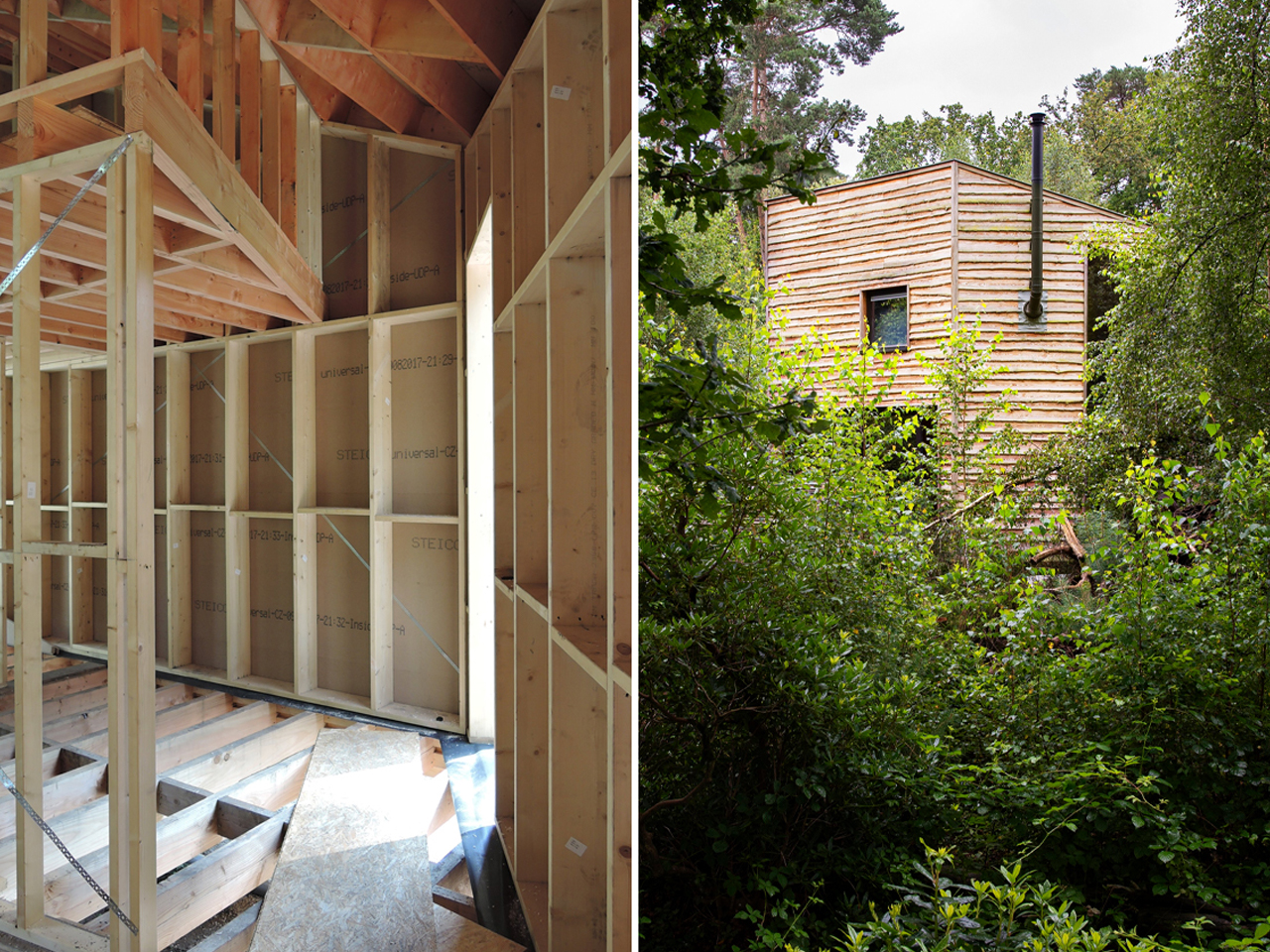
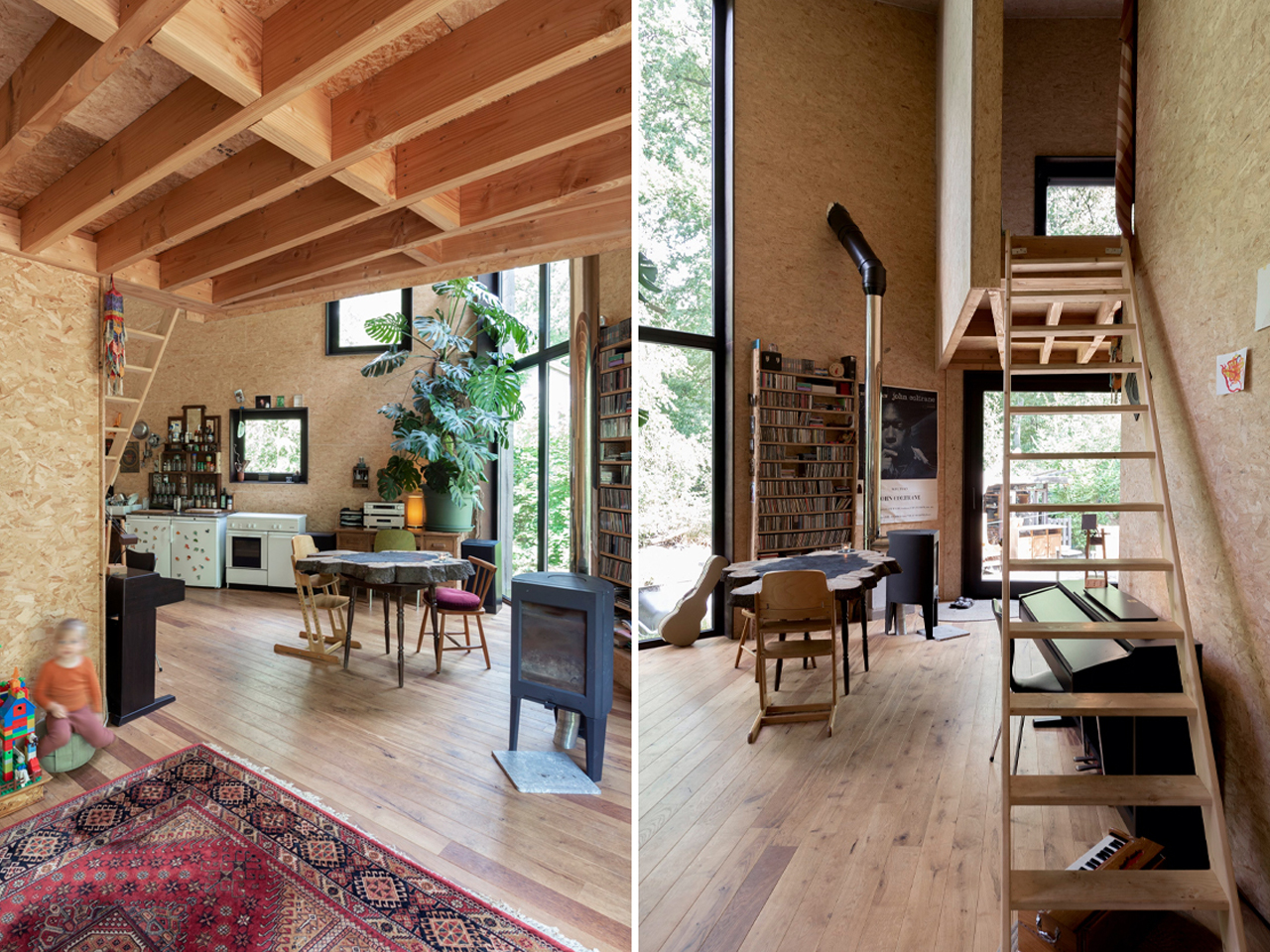
Constructed onsite in just five days, the home utilizes locally sourced coniferous wood for the frame, selected for its renewability, cost-efficiency, and hands-on suitability. The exterior is clad in bark planks for a vapor-open façade, while the interior is finished with oriented strand board (OSB) to support insulation. Spread over two levels, the layout includes living spaces, a kitchen, and bathroom on the ground floor, with sleeping areas and storage located above.
4. Designing for Zero Waste
Sustainability begins with smart design. Rather than dealing with waste and pollution after they occur, the focus should be on preventing them from the outset. This means rethinking how products are made and choosing materials and methods that avoid generating waste in the first place.
Designing with intention helps reduce emissions, limit harmful byproducts, and lower the risk of spills or environmental harm. By addressing these issues early in the process, companies can create cleaner, more efficient systems that support long-term environmental health and business responsibility. It’s a proactive step toward a more sustainable future.
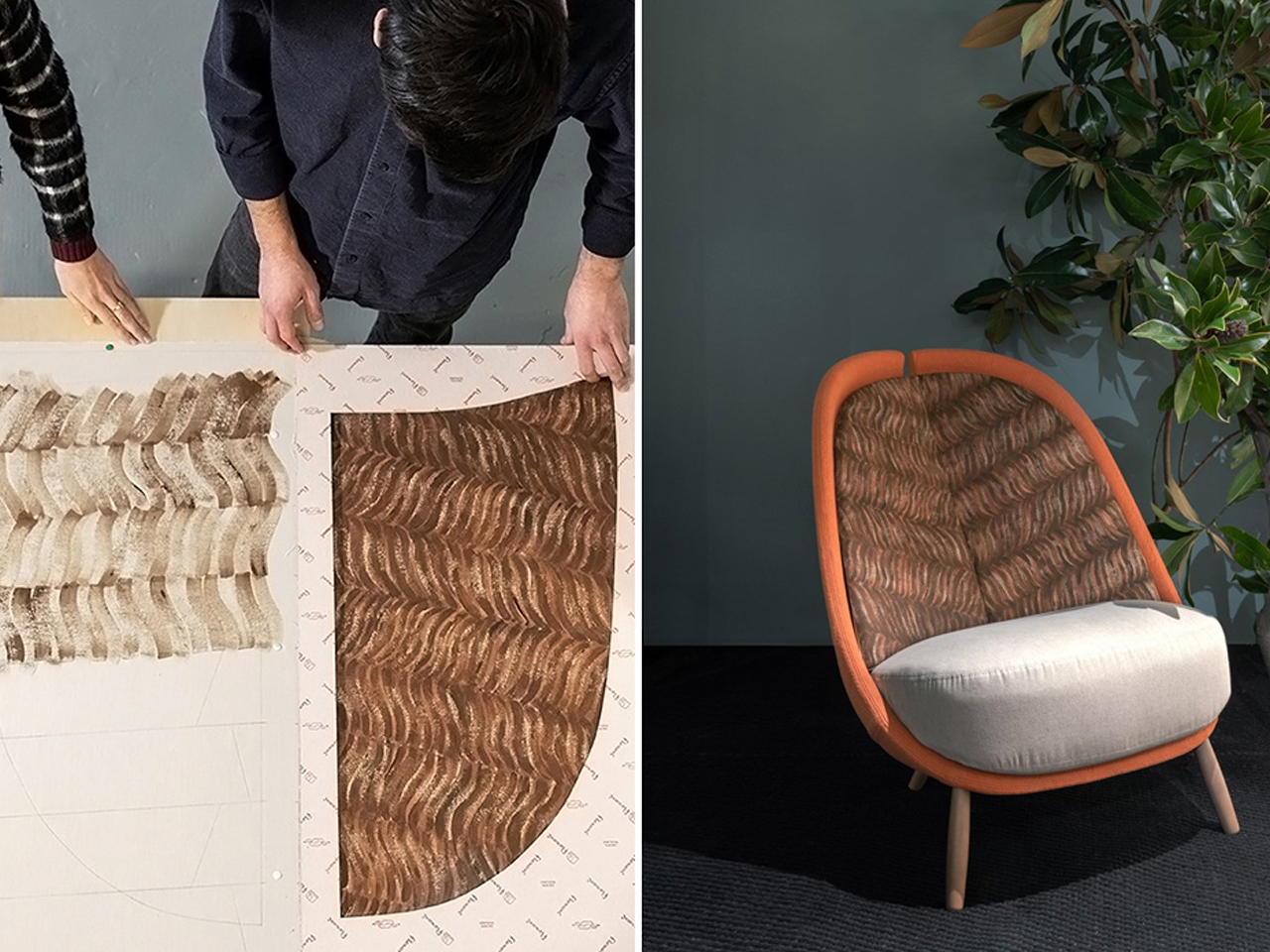

Calatea Green is a sustainable reimagining of the original Calatea chair by designer Cristina Celestino, created to mark the launch of Green Pea, Italy’s first green retail park. Guided by circular economy principles, Celestino redesigned each element with environmental impact in mind. The chair’s padding is made from recycled PET fabric sourced from plastic bottles that are recyclable and compostable. Its legs use FSC-certified ash wood from responsibly managed forests, while the upholstery is crafted from 100% recycled cotton yarn, certified by the Global Recycled Standard.
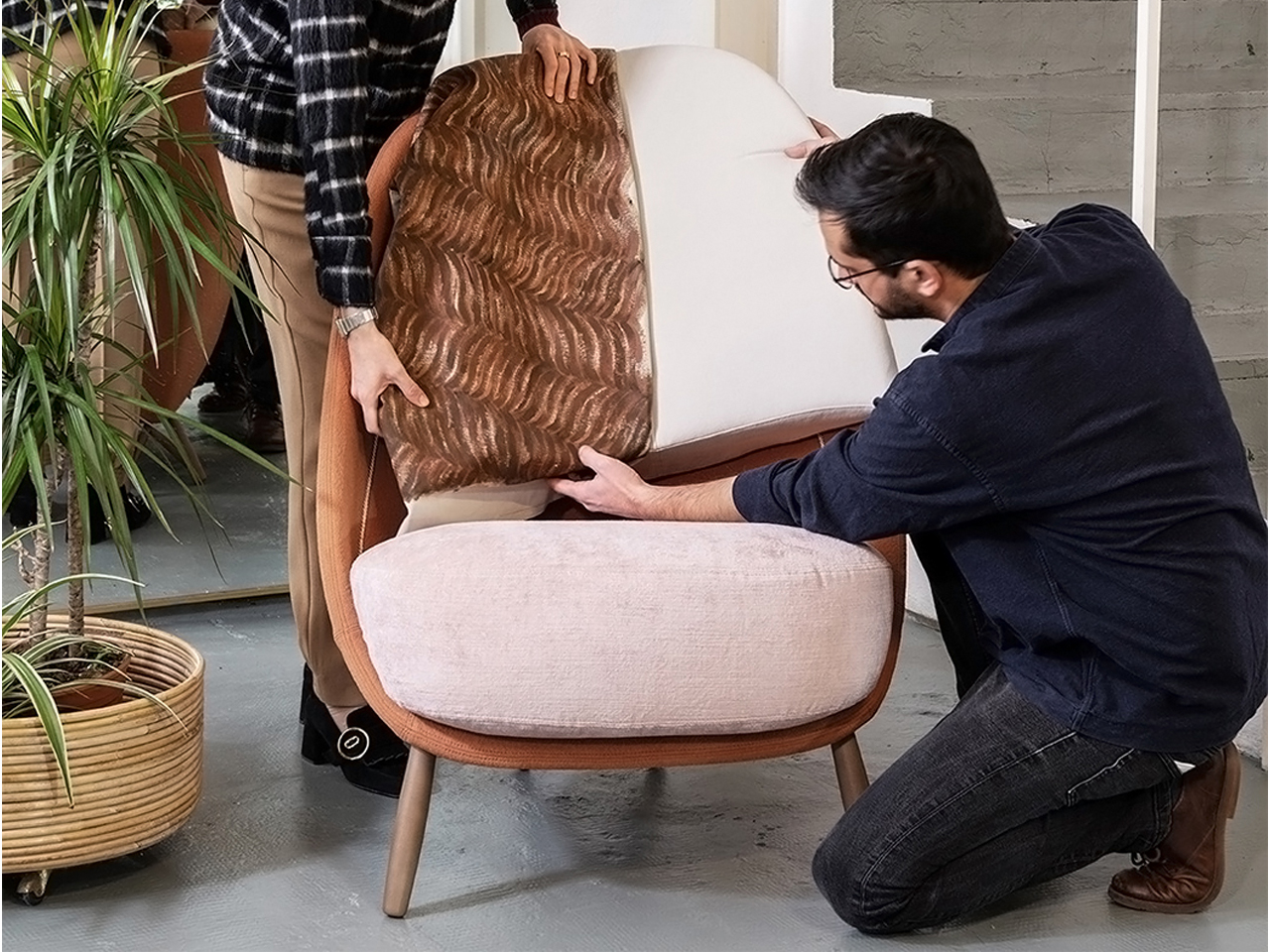
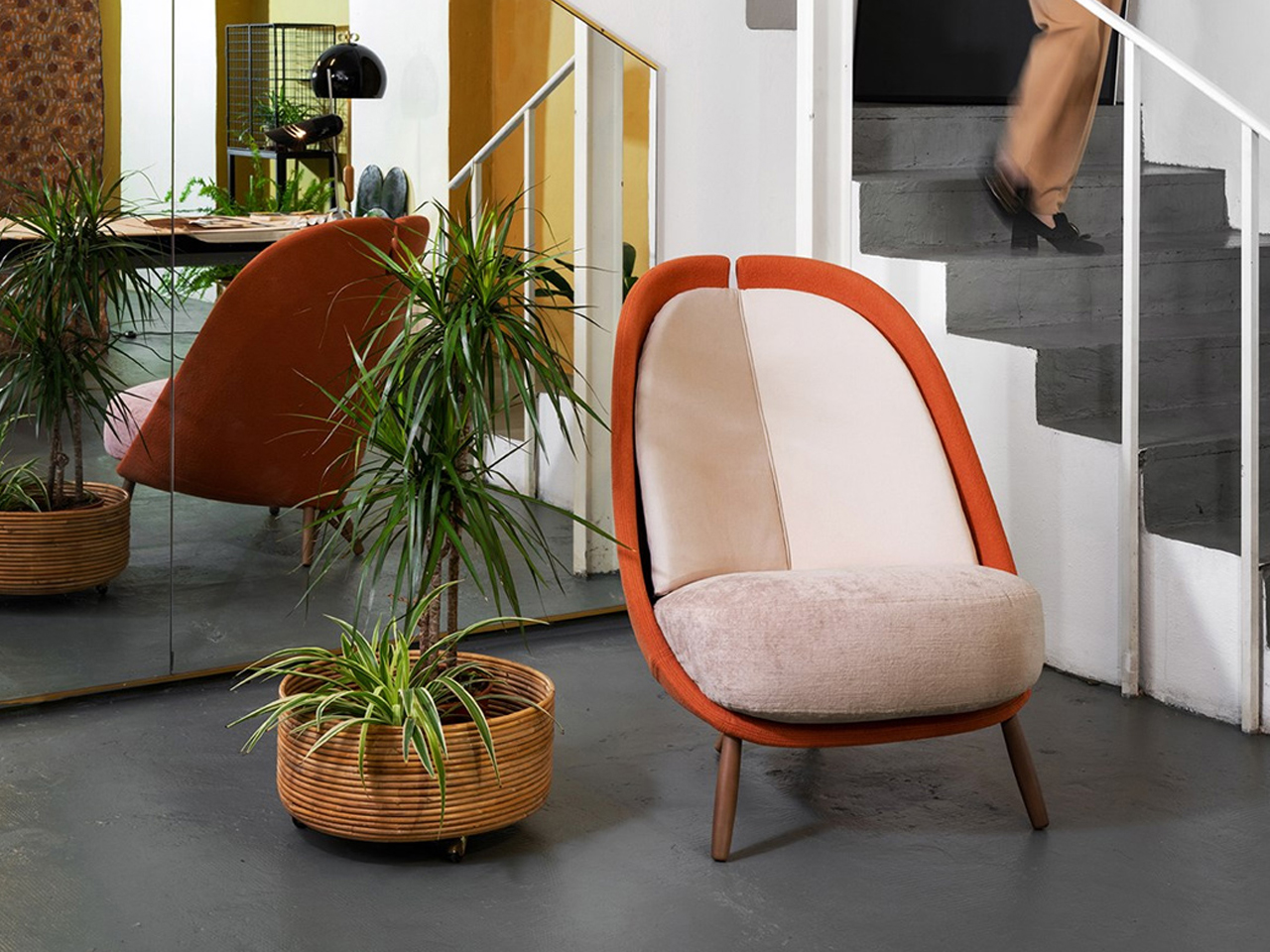
To align aesthetics with values, the original tropical Calathea motif has been replaced with a hand-painted design using non-toxic, water-based ink, inspired by Celestino’s roots in Friuli Venezia Giulia, a region known for its native alder tree. The project reflects Pianca’s broader sustainability ethos, which includes sourcing wood from certified forests, using 90% recycled packaging, and powering production entirely through a photovoltaic energy system.
5. Designing for Regeneration
The circular economy is not just about minimizing damage, but it is also about giving back to the environment. It focuses on restoring natural systems by using renewable energy, repairing degraded land, and promoting biodiversity. These actions go beyond sustainability, aiming to renew what has been lost.
By adopting regenerative practices, businesses can contribute to environmental recovery while building long-term resilience. The goal is to create an economy that improves the well-being of people and the planet, not just preserves it. This shift in mindset helps shape a future where nature and industry can thrive together.
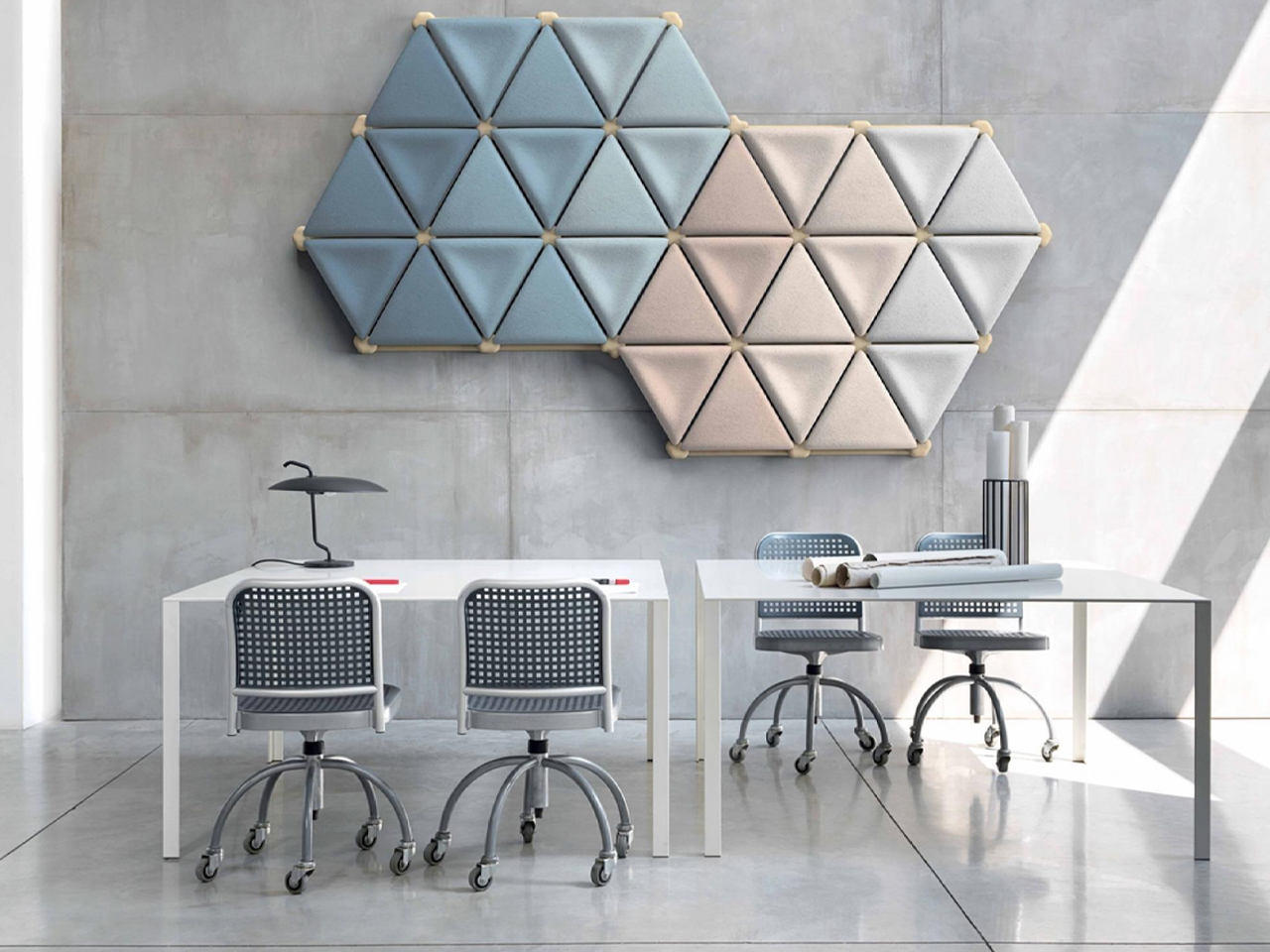

Foresta System is a modular acoustic panel system developed by Mogu, designed to combine sustainability with functional interior acoustics. Each panel is made from a unique blend of fungal mycelium and upcycled textile fibers, offering natural sound absorption while remaining lightweight and biodegradable. The panels are entirely free of synthetic materials, aligning with circular design principles. Their organic texture and composition make them ideal for reducing ambient noise in spaces such as offices, restaurants, and retail environments.
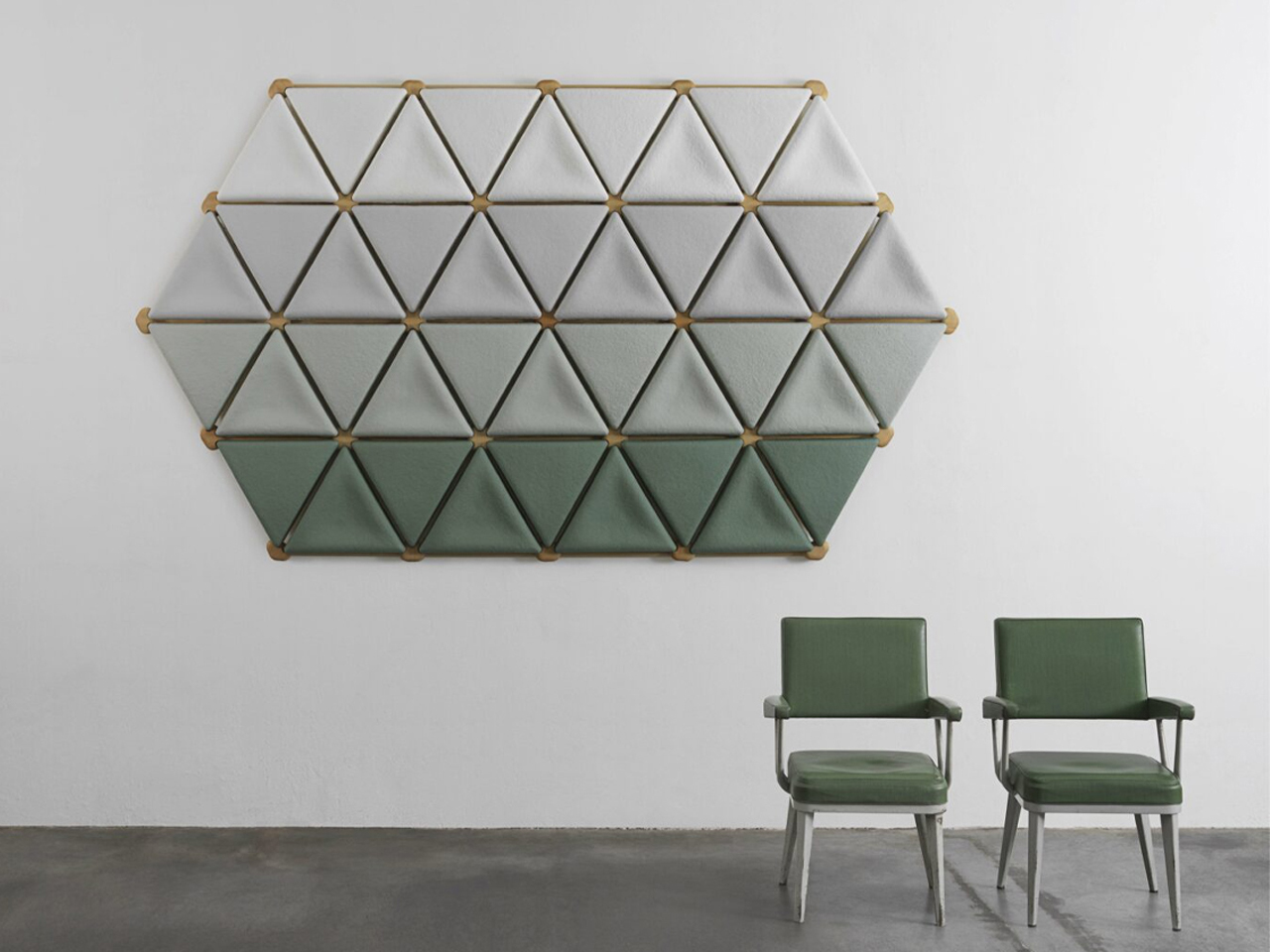

The system is supported by a timber frame constructed from wooden branches and modular nodes. These nodes contain integrated magnets, allowing the panels to be easily mounted, repositioned, or removed without the need for tools. This design enables flexibility in layout and ease of installation. Using advanced technologies such as parametric modeling and robotic manufacturing, the Foresta System merges refined wooden aesthetics with innovative biomaterials to create a sustainable and visually distinctive acoustic solution.
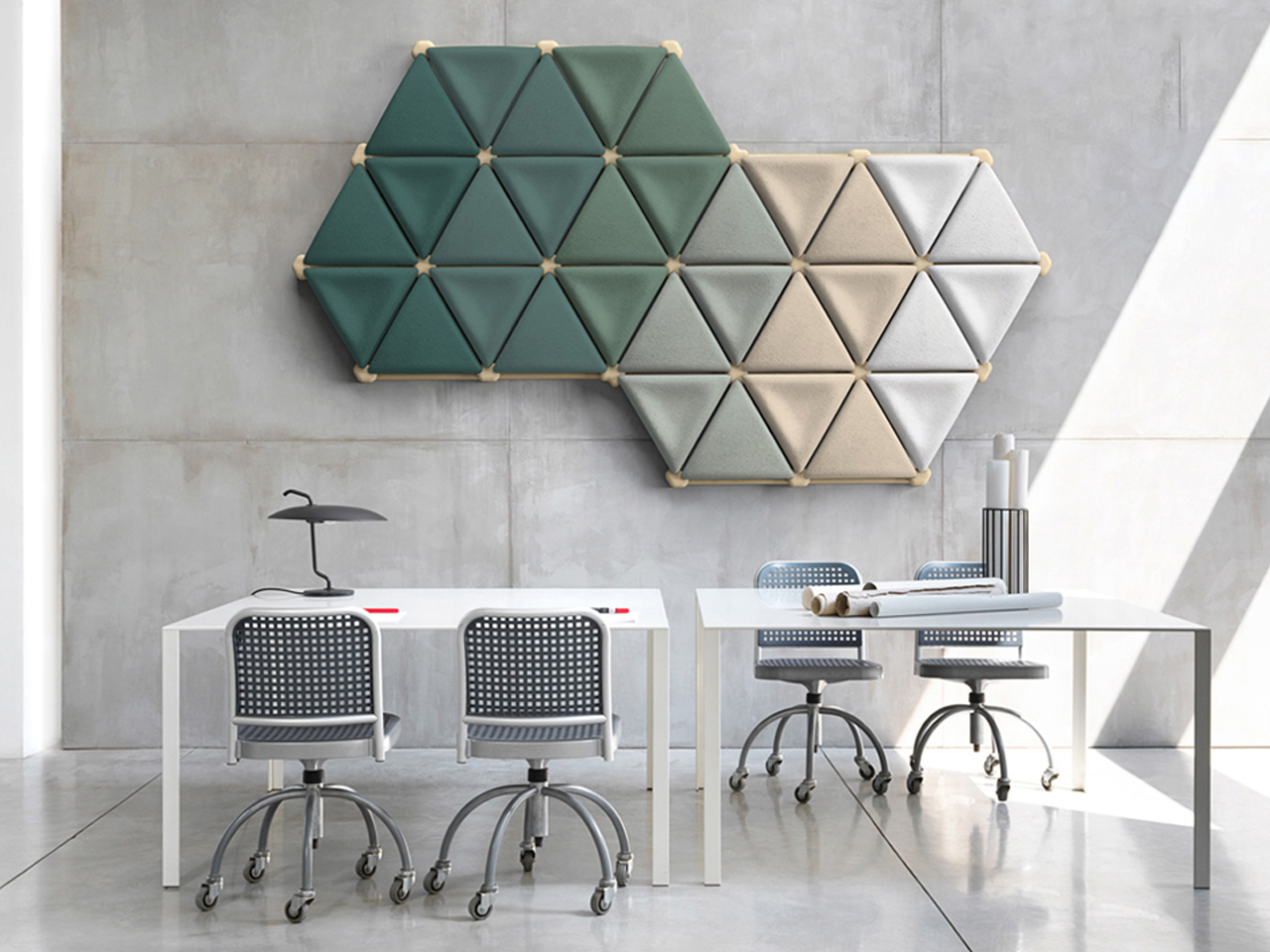
Circular design offers more than just sustainable solutions as it redefines how we create, use, and reuse materials. By designing with longevity, recyclability, and resource efficiency in mind, it helps close the loop on waste. As industries adopt these principles, circular design is not just shaping products but also shaping a more responsible and regenerative future for generations to come.
The post Only 7% of Materials Get Recycled – These 5 Products Were Designed to Fix That first appeared on Yanko Design.